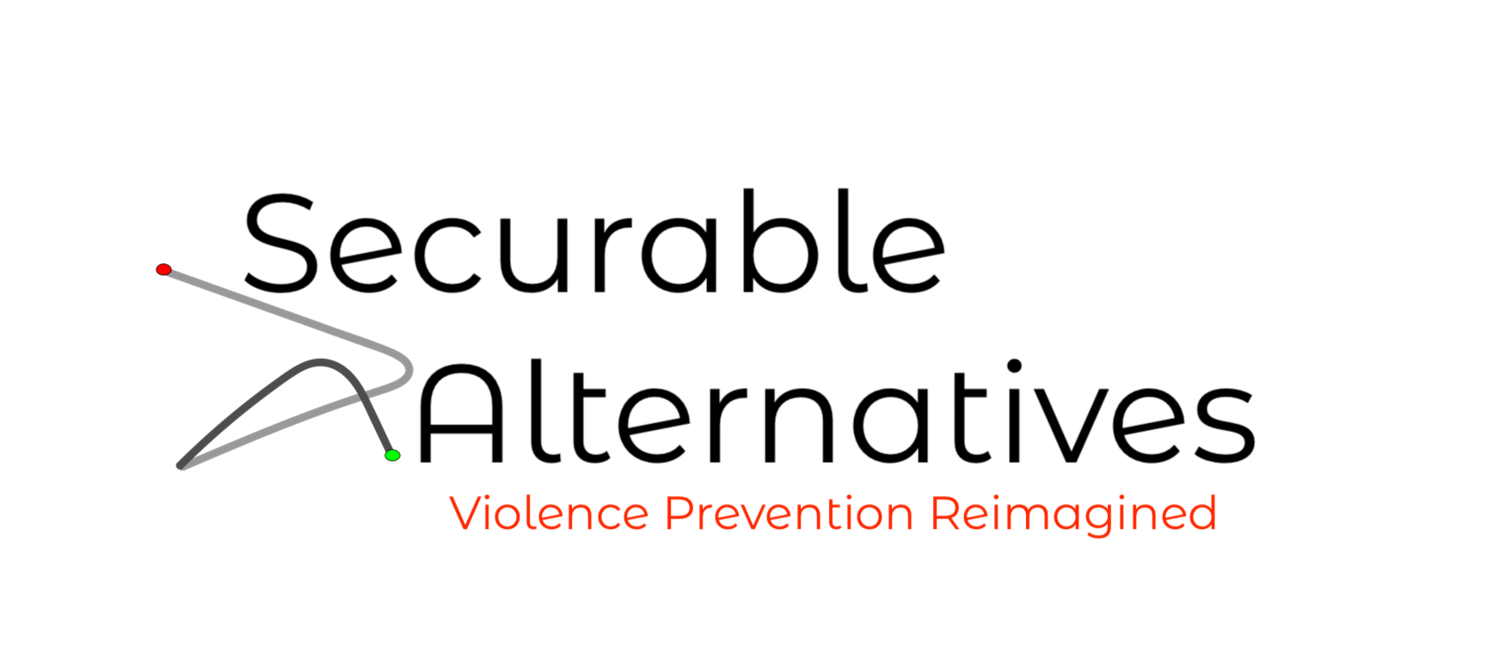“If there is a Pathway to Violence, then there is a Pathway to Prevention”
Jason Destein
Are you “Connecting the Dots”?
A good “Evidenced Based Violence Prevention Framework” is predicated on your ability to “Connect The Dots” of information, which are found in these six fundamental questions below. How you chose to answer these six questions will determine if you have the opportunity to prevent an act of violence or if you will react to it. Our Targeted Violence Prevention Framework allows you to answer these questions in the “Present” tense rather than in the “Past” tense. In the present tense, we identify the warning signs and concerning behaviors often exhibited from at-risk individuals or groups as they progress up their pathway to violence. If we do not answer these questions in the present tense, then we will have to answer them in the past tense which often comes in the form of a post incident report. Each of these six questions are connected together and share common data points, making it easier to analyze information.
Who.
Knowing who is involved, who may be affected, who may need help, who can provide help, who are the up-standers and bystanders, are just a few of the people involved in this process. Your ability to Identify who is involved is critical.
Where.
Where are the warning signs found? Where do you collect and analyze them? Where are your vulnerabilities? Where is the at-risk individual or group right now? Where they carry out their act of violence? Where are the connection points?
What.
What is the reason for someone being on the pathway to violence? what is their ultimate intent? What impact will this have on your school or business? What are you doing to intervene? So many questions, do you have answers?
Why.
Why is this individual on a pathway to violence? Why are they targeting others? Why aren’t people sharing observable concerning behaviors with us? These are difficult questions, but you need to be able to answer.
When.
When did this persons pathway to violence begin? When will it end? When will you discover enough information that allows you to intervene? When will you get the right people involved? Time is critical and there is no pause button.
How.
How do all of these questions intersect? How can we intervene? How will we know if someone has moved from at-risk to committed to attack? How prepared are we for someone that is “undeterred”? How do we analyze data?
The Securable Alternatives “Targeted Violence Prevention Framework”
Do you know what Gaps, Silos, Disconnects and Process Breakdowns exist in your current effort to prevent acts of violence or other adversities?
Your ability to identify these areas of concern can make all the difference in whether you prevent an act of violence or react to one.
Our “Targeted Violence Prevention Framework” enable you to not only answer the six fundamental questions, but further allows you to identify any gaps, silos, disconnects and process breakdowns that may exist. You will also gain knowledge in the four areas that every threat assessment team needs in order to properly identify at-risk individuals or groups.
You should stop relying on the reactive deterrence only countermeasures and start combining them with a prevention framework that can maximize the overall effectiveness of all your efforts.
Don’t wait until it is too late, contact us today for more details!
Training
Training for this Framework is conducted in three phases:
We train on the four essential areas that every threat assessment team must have.
Awareness / Reporting / Collection / Management
Next, we dive into connecting the dots of Who, What, When, Where, Why and How
We analyze the Pathway to Violence and explore the Pathway to Prevention
Last, we develop the six pillars of the framework to identify where the gaps, silos, disconnects and system breakdowns exist.
This will provide a consistent and effective prevention program.
There are nearly 70 critical aspects that we take into consideration to build these pillars.



